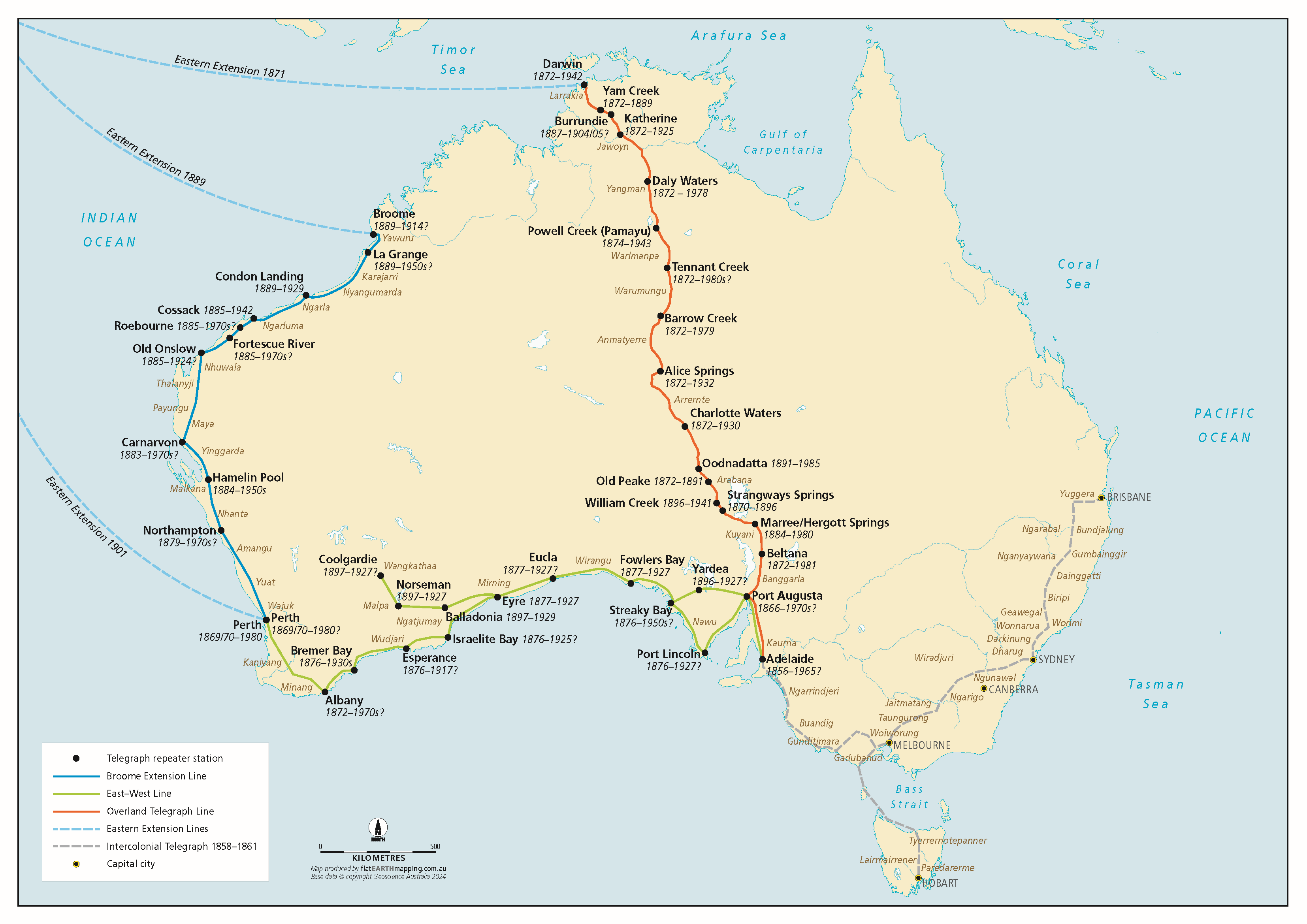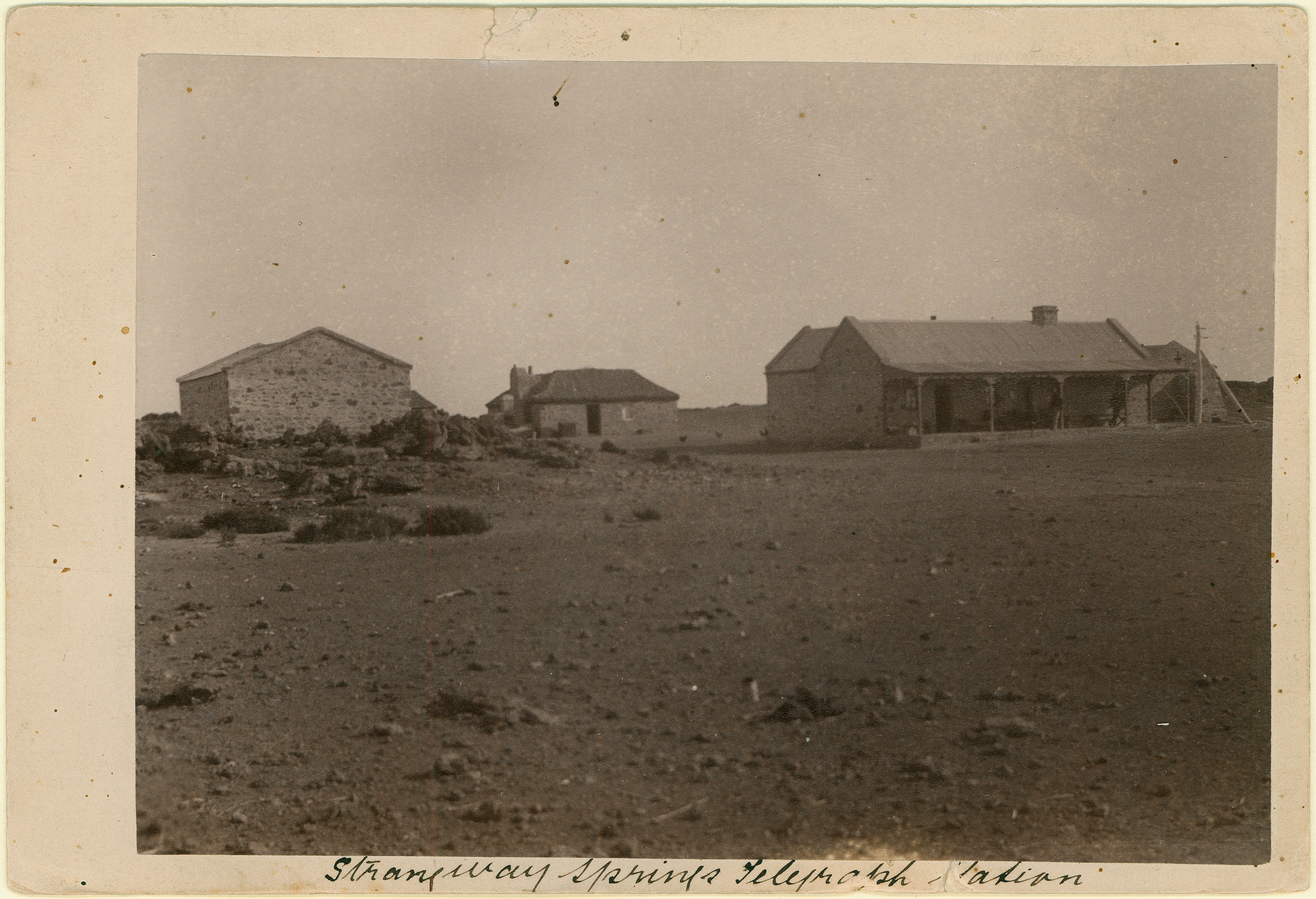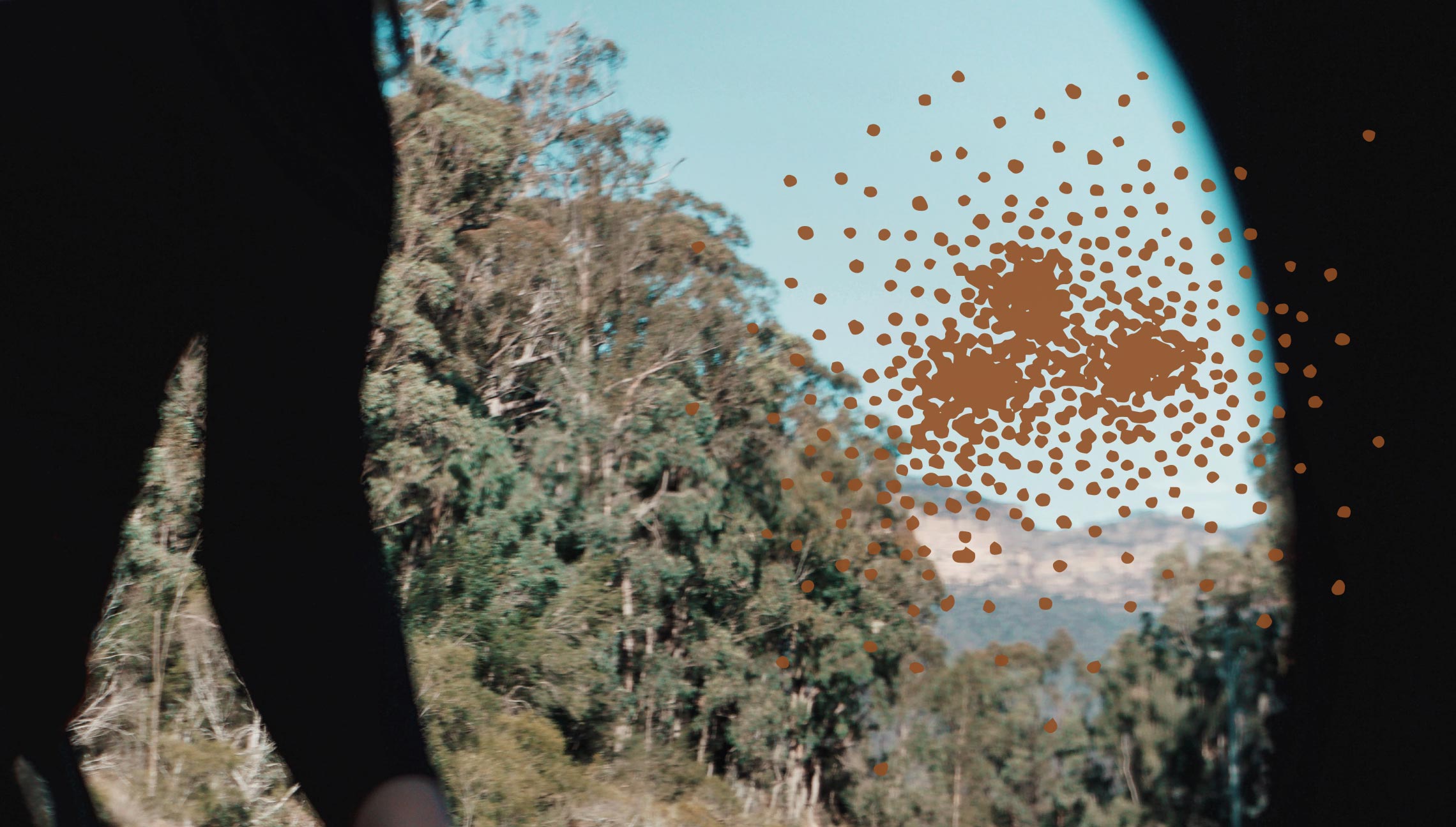Like many researchers, cyberneticians seek to better understand our world, looking for and at evidence of the past, present and future to build these understandings.
Recently researchers from the School of Cybernetics have published their findings of the tools and technologies found at Strangways Springs/Pangki Warruna, the site of a repeater station along the Overland Telegraph Line.

Telegraphy in Australia, particularly that of the Overland Telegraph Line, is a pretty big deal in our technological and societal history.
This ‘electric chain’ of telegraphy was our first digital system, and it has shaped all following digital systems including our computer data banks, mobile phone technologies, and the internet.
As for shaping our societal history, once completed the Overland Telegraph line eliminated the ‘tyranny of distance’ from our communication system – overseas messages went from taking months to deliver by boat to mere minutes of electric delivery via the telegraph system.
So, though telegraphy currently seems largely irrelevant and invisible, there is much we can learn now about our current (and future) technologies and societies through studying our telegraphic past.
The first of these two papers argues that Australian telegraph systems, particularly the Overland Telegraph Line, offer unique research potential to marry industrial archaeology and cybernetics.#
Industrial archeology is a field that is critically interested in the industrial era as the source for many many aspects of our current modern world – including climate change, globalisation, social legacies of colonisations, colonialism and empire, and also a shift in the way humans and societies engage with technology.
Landscape analysis described in this paper reveals that Strangways Springs, a telegraph repeater station in the South Australian colony, can be described as a site of cross-cultural action in the colonial world.
The Overland Telegraph Line was an organising principle for other infrastructures including the railway, electricity, roads, micro-wave, radio towers and even the NBN (National Broadband Network).
This research ultimately reveals the interdependencies of technological, ecological and human systems that were necessary to support the system that is the Overland Telegraph Line, a system which has deeply impacted the ways in which Australian identity is and continues to be articulated.

In their second paper our cyberneticians look deeper at one specific ‘node’ in this telegraphy system and explore the technologies of Strangways Springs.#
Strangways Springs existed for the purpose of technology, that is, it was established to support the repeating of messages along the telegraph line. It is perhaps both a surprise and not to discover through reading this research the number of emerging technologies that sprang from this ‘strange’ place.
The telegraph wires that ran through Strangways Springs carried not just electricity but information. It is fitting then that it was the son of early computer pioneer Charles Babbage who identified the site for Strangways Springs during early surveying for potential telegraph station sites.
This paper highlights how telegraphy and agricultural innovations shaped Australia through trade, economy, technology systems, societal systems, and so much more.
“this paper traces the evolution of Strangways from a pastoral property to telegraph station and then railway stop, as well as the technologies that were designed, deployed, and decommissioned there.“
As much as we would love to dive in deeper to all that these research papers uncover, we must leave some things for you to read yourself.
Despite all the technologies and innovations, all the change brought by this little town, Strangways Springs is now all but forgotten.
These days the Strangway Springs telegraph station resembles a pile of stones, the evidence of its past as a technological hub only appears when you look deeper for those cybernetic connections.

This research is a fascinating deep dive into what telegraphy can teach us about technology, particularly when we take a systems perspective.
Explore the research:#
- Wool, Wires and Water: Technological Transitions at Strangways Springs (2025)
- One complete system? Telegraphy, cybernetics and industrial archaeology (2024)

